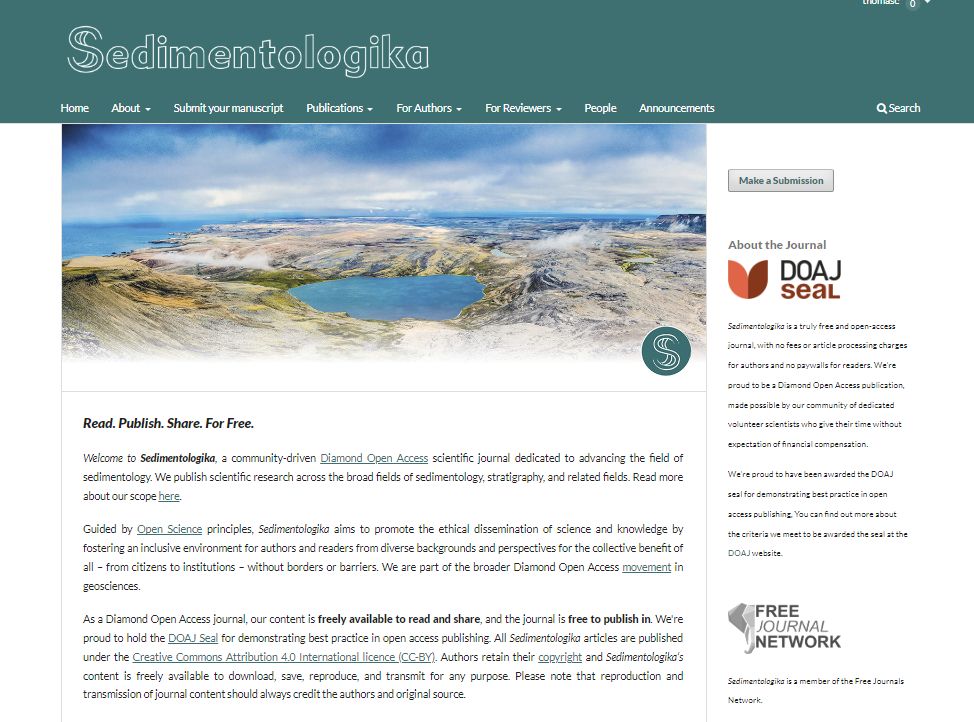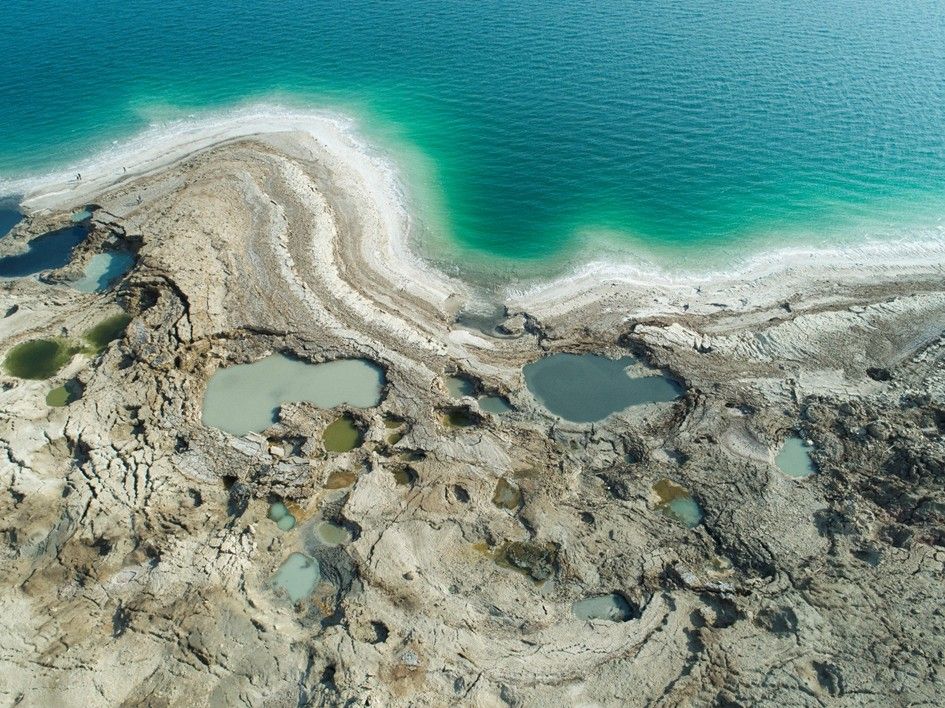


sedimentologika.org
freejournals.org

sedimentologika.org
freejournals.org













14/n

14/n
13/n

13/n
10/n

10/n
9/n

9/n
8/n

8/n



2/n

2/n


